Artworks
Since 19 January 2024, the two works Triggered By Motion and WHO'S CALLING, CAN YOU HEAR? have been on display as part of the inaugural exhibition CARBON at the new Science Gallery Bengaluru. The Science Gallery Bengaluru is part of the international network of Science Galleries. CARBON is an interdisciplinary and transdisciplinary exploration of how human activities are changing the Earth system.
Triggered By Motion
Motion-triggered camera traps make it possible to observe animals in the wild without affecting their behaviour or using invasive methods such as collars or ear tags. However, this technology generates huge amounts of data that can be time-consuming to analyse. This is where artificial intelligence can help: More and more research teams are turning to machine learning to speed up image analysis. The video installation Triggered by Motion documents this process.
Over the course of a year, video data from 21 conservation projects around the world was collected, synchronised and edited into 20-minute films. The films in the walk-in pavilion reveal the global rhythms of day, night and the seasons.
The mobile version of the pavilion was developed for the touring exhibition by Triggered by Motion. When erected, the circular pavilion looks like a light, circular screen from the outside. Inside, the screens follow the geographical distribution of the camera positions. The geometry of the elements creates a round, enclosed space with spatial depth. The all-black material allows the colours and effect of the 24-hour time-lapse footage to come to the fore. It is a special sound-absorbing material made by the Swiss company Impact Acoustic by upcycling around 11,000 disposable plastic bottles. In the centre of the pavilion are 12 small benches that can be pushed together to form an island from which the different recordings from different parts of the world can be viewed simultaneously.
WHO'S CALLING, CAN YOU HEAR?
For almost two decades, anthropologist Kathelijne Koops has been using camera traps to study the tool use and material culture of great apes in the Nimba Mountains of West Africa. She is currently leading the SNSF-funded Comparative Human and Ape Technology (CHAT) project, which investigates the influence of ecological, social and cognitive factors on the development and evolution of tool use in chimpanzees, gorillas, bonobos and humans. Her research raises fundamental questions: How did humans become the cultural beings we are today? What connects our culture with that of other great apes? What is the relationship between nature and culture? And what ultimately distinguishes humans from animals?
The internationally active Swiss composer and performer Nicolas Buzzi takes up these questions and pursues them with artistic means. Using the raw material of Kathelijne Koops' research - the video fragments recorded by her camera traps over a decade - they give a voice to the chimpanzees of Nimba. The scenic sound installation WHO'S CALLING, CAN YOU HEAR? offers visitors a symmetrical perspective (Latour, 1991) that sees humans, animals and their environment as a unity. It takes cultural diversity and expressions seriously in an interspecies way. By focusing on the interactions between ecology and culture, it conveys central concerns of nature and species conservation and highlights the damage that the human species is doing to planet Earth.
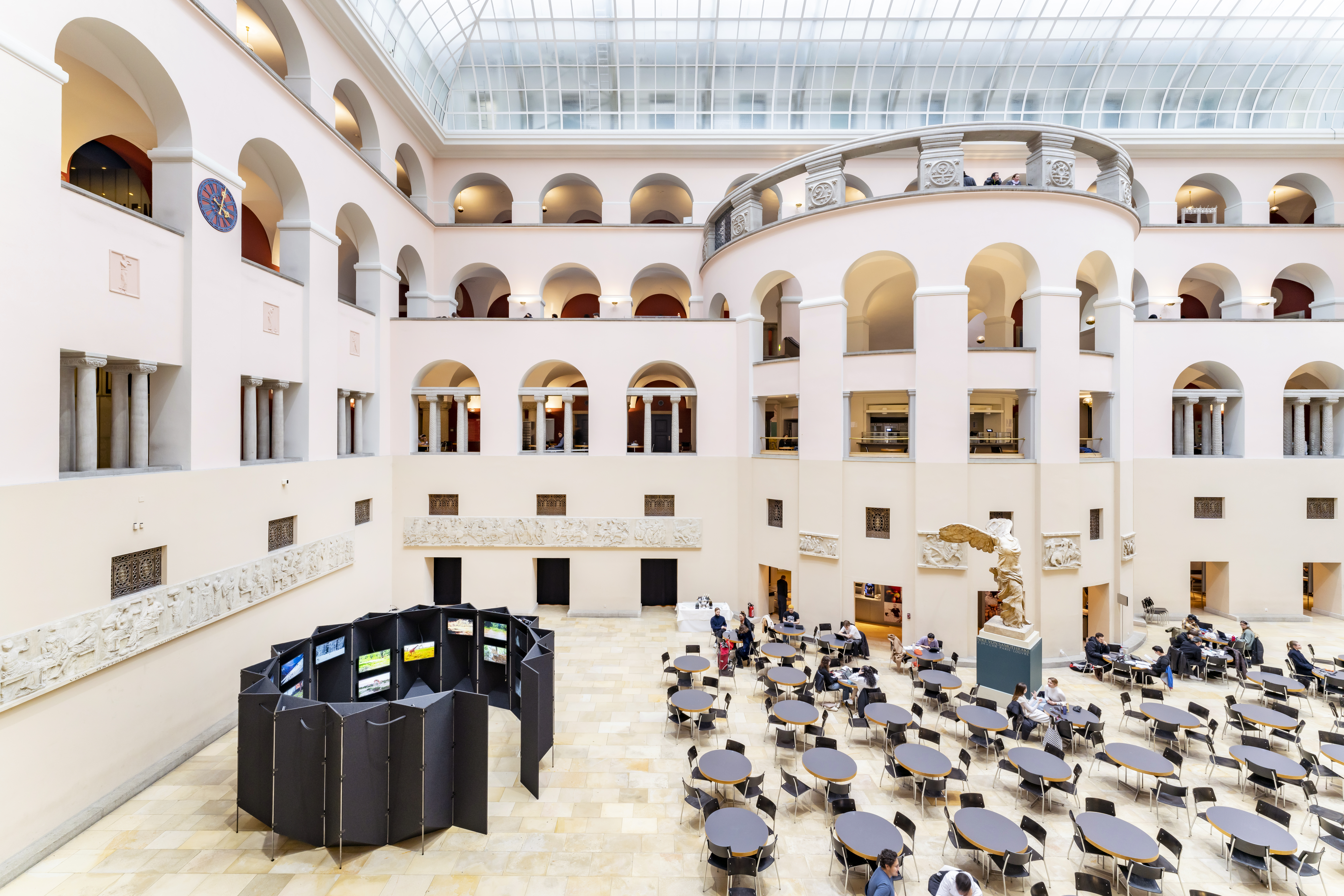
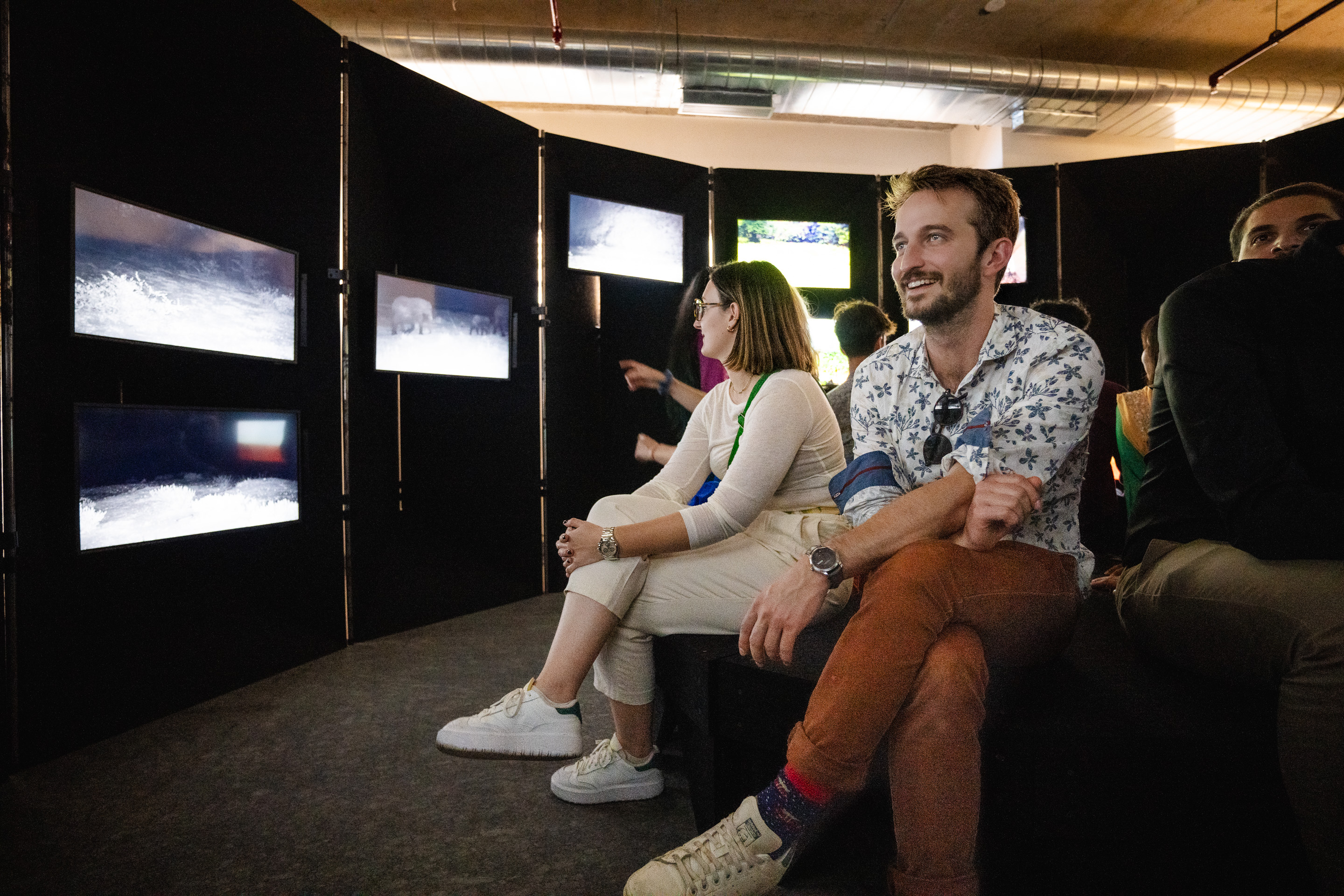
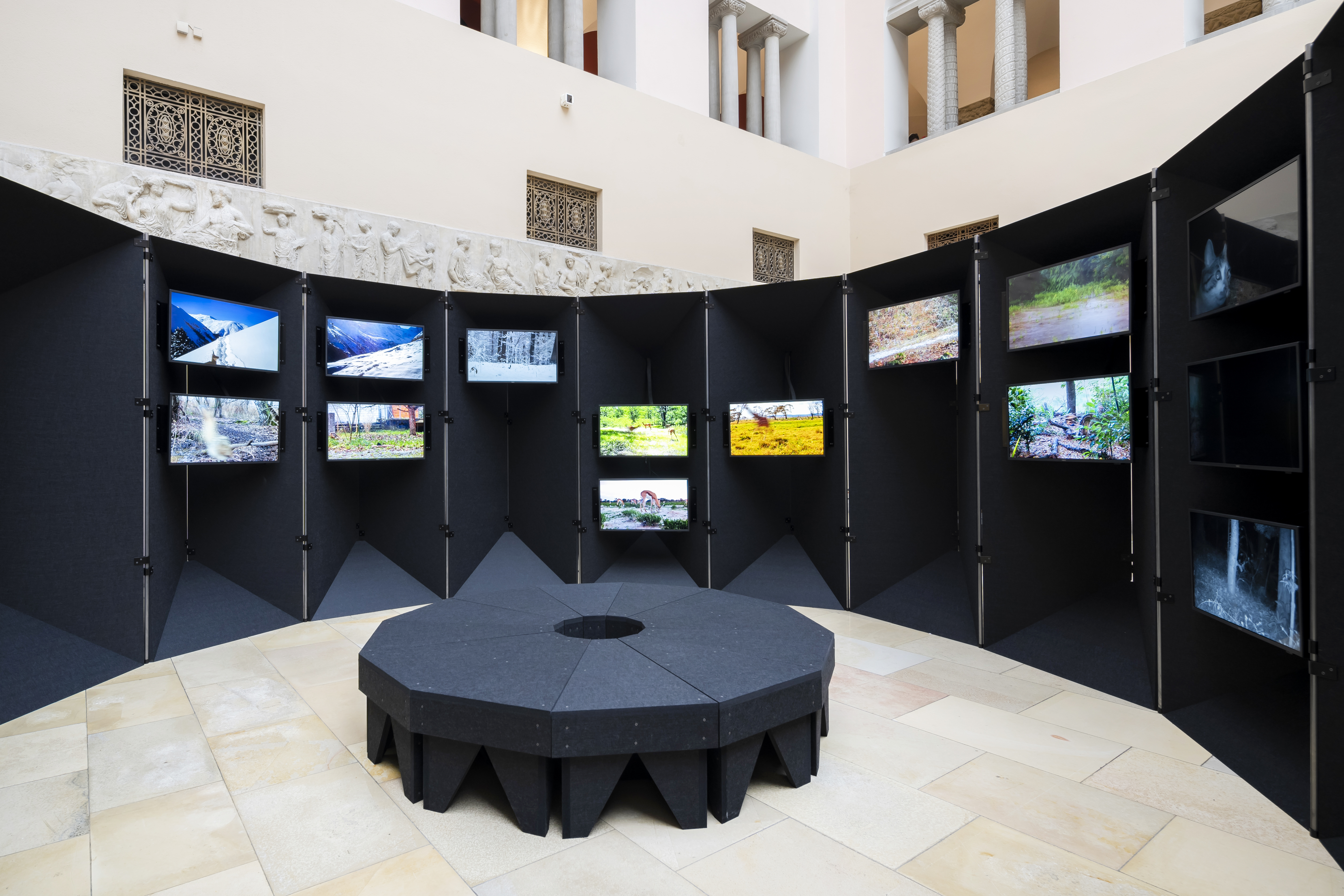
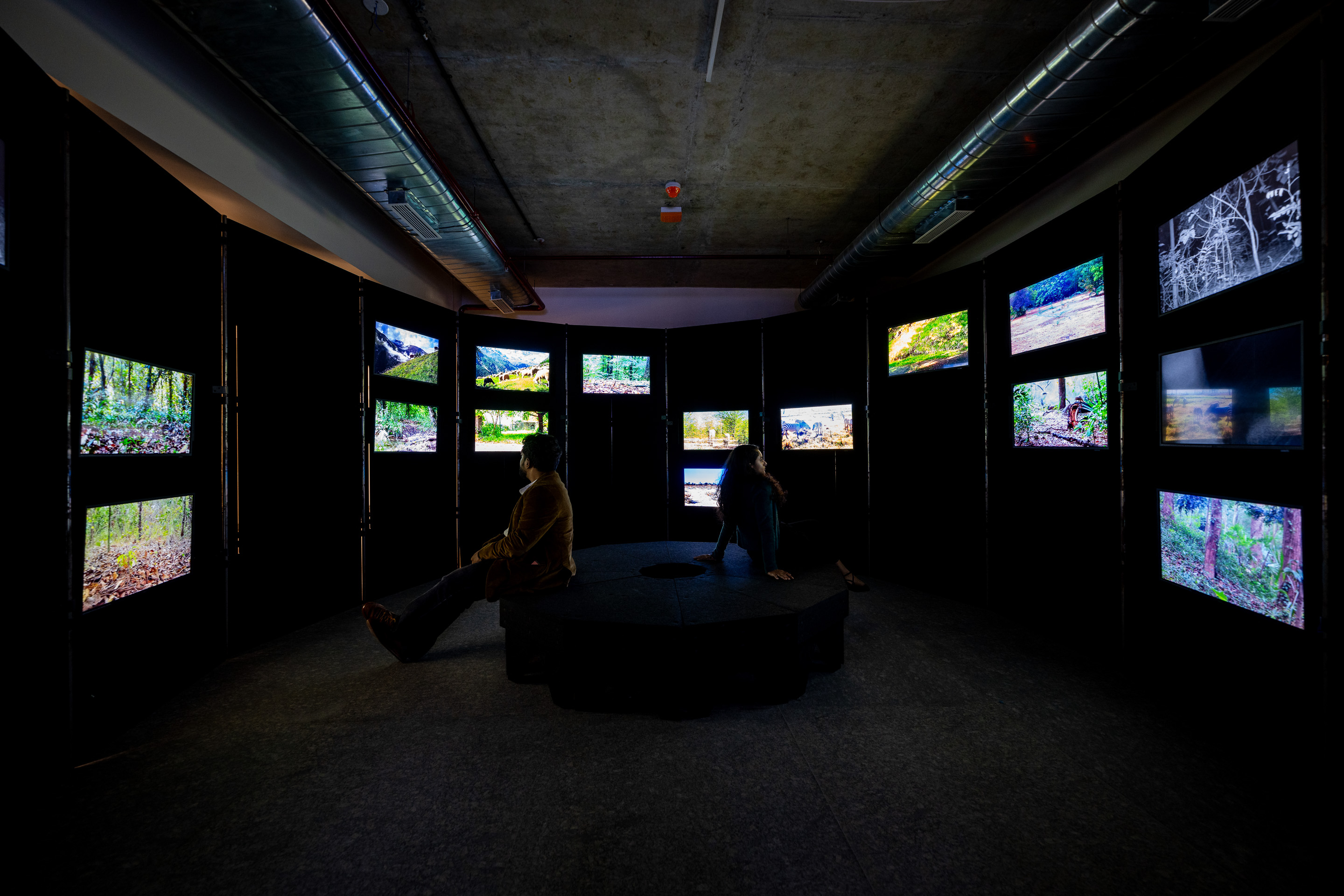
_Alice_Bramilla_Laurens_Bohlen__University_of_Zurich.png)
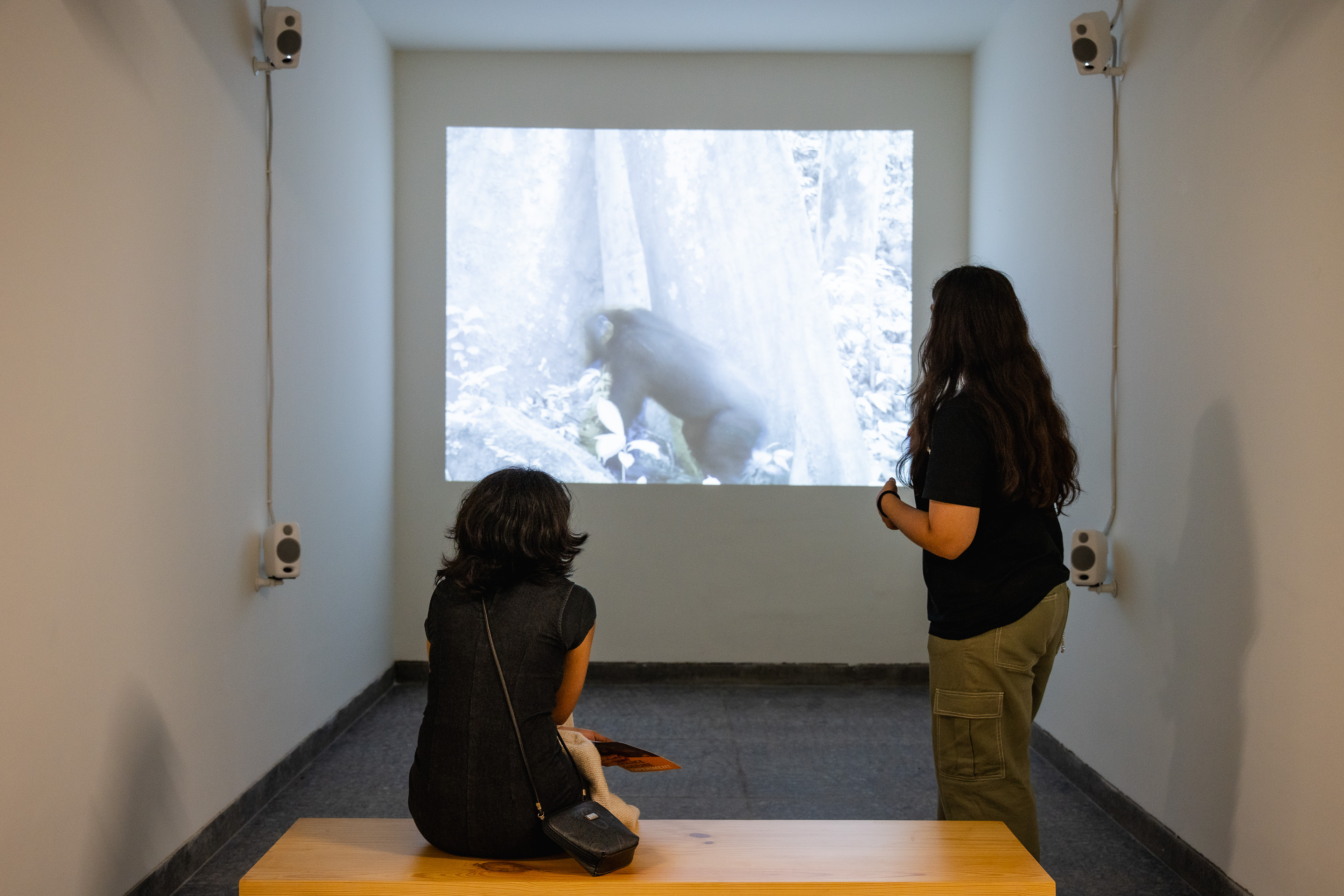
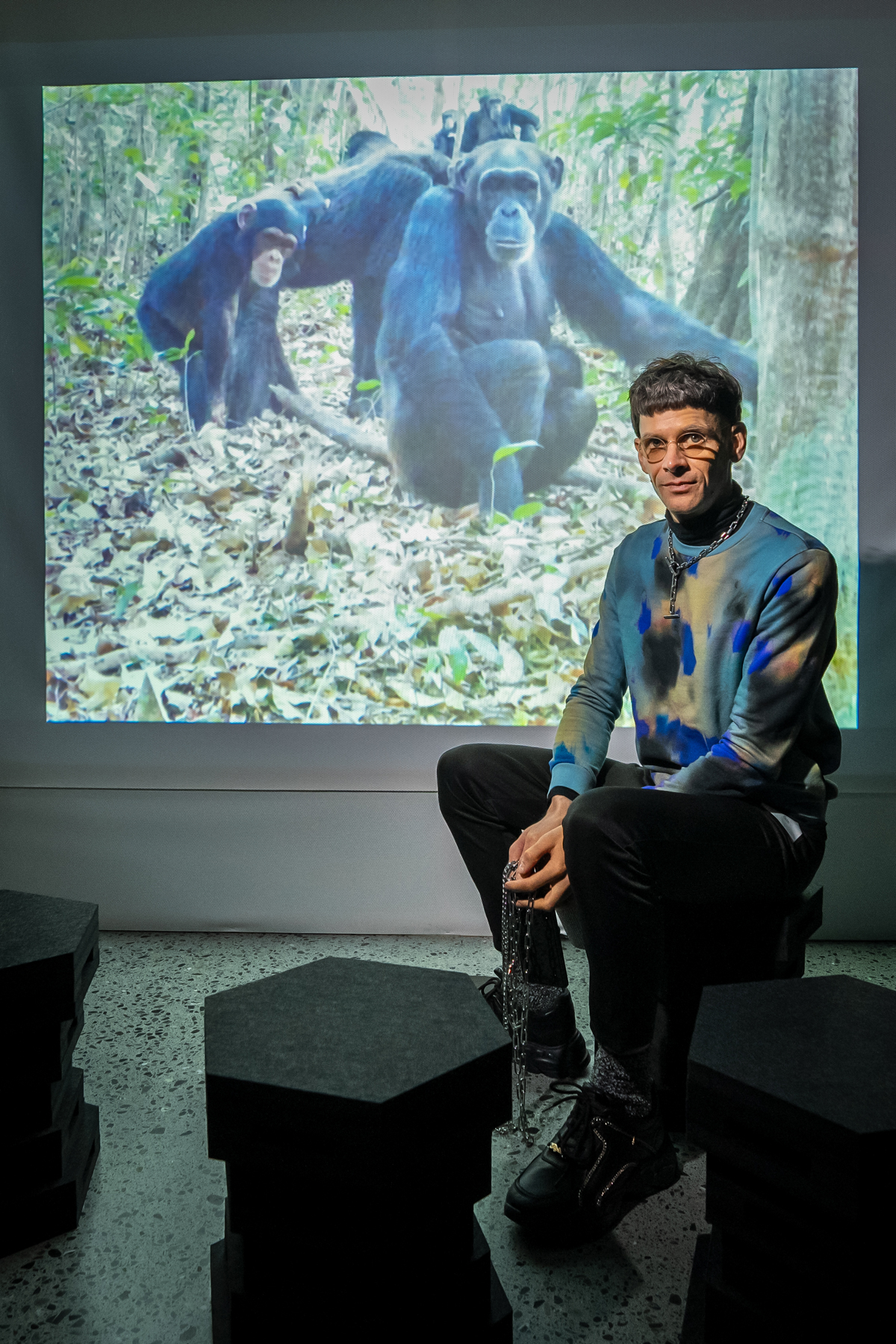
.jpg)
.png)
%20(1).jpg)